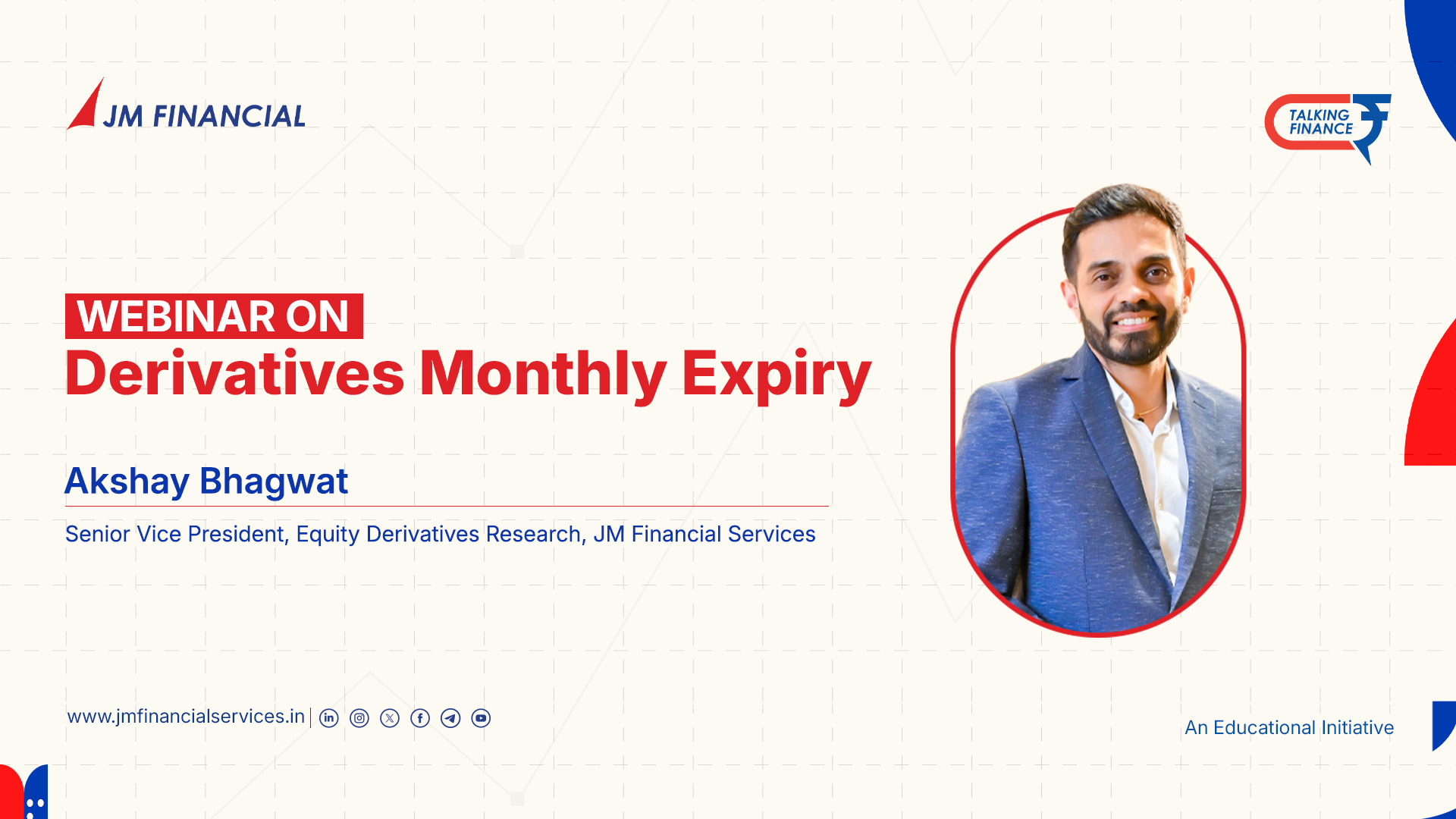What is Scalping Trading?
The Art of Lightning-Fast Trades in the Stock Market
If you’ve ever watched a trader dart in and out of markets, grabbing profits in minutes (sometimes seconds!), you’ve likely witnessed scalping in action. This is trading at Formula 1 speed—hundreds of quick buys and sells, all with the intention of capturing tiny price moves that add up by day’s end.
Scalping Explained in Simple Terms
Scalping trading is a high-frequency trading strategy aiming for small, consistent gains by exploiting minor price fluctuations.
- Unlike long-term investors, scalpers don’t hold positions for hours or days—they might buy and sell the same stock dozens or even hundreds of times per session.
- Each trade usually lasts from a few seconds to a few minutes.
- The profit from each trade is small, but when done repeatedly, these “pennies” can turn into substantial daily returns.
How Does Scalping Work?
- Seeks Fast, Small Profits: Focus on tiny up-and-down moves rather than big surges.
- High Volume, Low Risk Per Trade: Dozens to hundreds of trades a day, but each with strict limits to losses.
- No Overnight Holdings: Scalpers close all positions before the market shuts, avoiding overnight news surprises.
- Depends on Liquidity: Works best in highly liquid markets where large trades won’t upset the price.
Some Scalping Strategies :-
- Market Making: Placing both buy and sell orders, profiting from the bid-ask spread.
- Breakout Scalping: Jumping in as price breaks out of tight ranges with a burst in volume.
- Momentum Scalping: Riding quick trends using moving averages and momentum indicators.
- Range Scalping: Capitalizing on price bouncing between clear support and resistance zones.
- News-Based Scalping: Reacting instantly to breaking news or economic releases.
- Mean Reversion: Betting that small price surges will quickly snap back to normal levels.
Real-World Example
Imagine a stock that oscillates between ₹100.10 and ₹100.30 throughout the morning, with high volume. A scalper buys at ₹100.12, sets a tight target just above, sells at ₹100.18, and repeats this process as long as the opportunity persists. While each profit is small, doing this repeatedly—especially in fast-moving stocks—can result in solid daily earnings.
Tools & Tips for Scalping Success
- Ultra-fast Trading Platforms: Tools that execute trades instantly are essential.
- Real-Time Data: Up-to-the-moment charts and quotes are your lifeline.
- Risk Controls: Use tight stop-loss orders; never risk more than a fraction of your “scalping bankroll” on each trade.
- Discipline: Don’t chase losses, don’t get greedy, and keep emotion out of every decision.
- Technical Focus: Scalpers live and breathe by technical analysis—indicators like moving averages, RSI, and market depth data are key.
JM Financial Services & Scalping
JM Financial Services recognizes the appeal and risks of scalping.
- Their platforms are designed for fast execution and give users access to real-time data—both critical for scalping success.
- Through educational articles and regular technical reports, JM Financial Services breaks down optimal scalping setups, popular indicators, risk management, and offers tailored advice for new and advanced traders alike.
- Active traders with JM Financial Services can access deep market liquidity and instant order placement, key for anyone exploring the world of high-frequency, short-term trading.
FAQs
Q1. What is scalping trading in stocks?
It’s a strategy that involves executing many trades within a session, aiming for small, frequent profits from minimal price movements.
Q2. How much time do scalpers hold trades?
From mere seconds to a few minutes—long enough to catch a fast price move, then out!
Q3. Is scalping risky?
Yes—while each trade’s risk is low, rapid pace and frequent trading means a lack of discipline can result in large losses over many trades.
Q4. What kind of stocks are good for scalping?
Highly liquid stocks or indices with tight bid-ask spreads and high volume. Avoid illiquid or volatile stocks without clear direction.
Q5. What tools do I need for scalping?
Real-time charts, instant order execution platforms, and access to technical indicators and live market depth.
Q6. Can I do scalping through JM Financial Services?
Yes—they offer fast platforms, live data, and educational guidance designed to help active traders deploy strategies like scalping with better risk management and efficiency.
- PAN Card
- Cancelled Cheque
- Latest 6 month Bank Statement (Only for Derivatives Trading)





